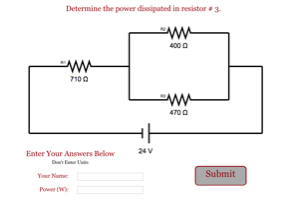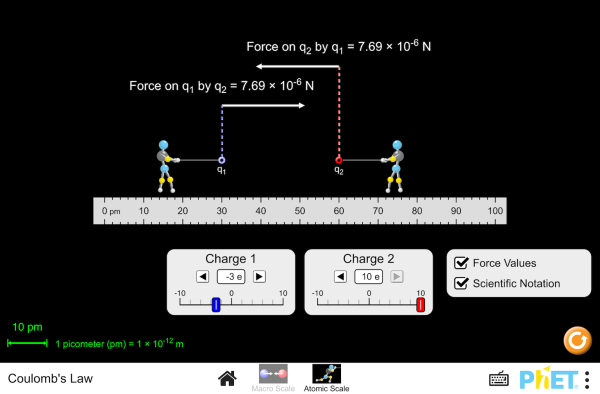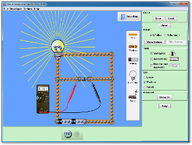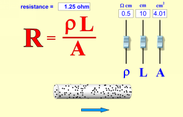Hamilton on a calm night. The importance of electricity to our everyday lives is obvious. A hundred years ago this would have been in darkness.
|
next topic >>
|
9.4 - Internal Resistance and emf
- To know that real cells (batteries) have internal resistance and that this can be modelled by adding a resistor in series.
- To understand that the effect of this that the voltage of the cell drops as the current increases.
- To be able to determine the internal resistance of a cell experimentally.
- To understand the difference between "terminal" voltage and emf
10.5 - Coulomb's Law
|



